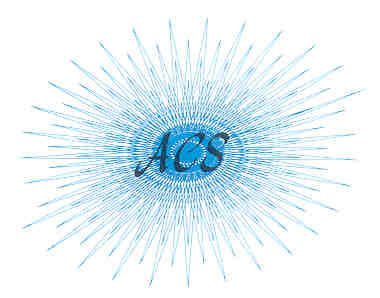 |
Analytical Control
Systems, Inc Analytical Control Systems, Inc. |
|
|
317-841-0458
317-841-3186
Analytical Control Systems, Inc.
|
Annexin V Positive Platelets, Shedding of Microparticles, Platelet Storage and Spectra™ APCT Generation of Annexin V Positive Platelets and Shedding of Microparticles with Stimulus-Dependent Procoagulant Activity During Storage at 4º C By H Xiao, H Matsubayashi, DP Bonderman, PW Bonderman, T Reid, CC Miraglia, and DY Gao, Methodist Research Inst., Indianapolis IN & Analytical Control Systems, Inc., Fishers, IN. The full paper is published in Transfusion Vol. 40 April 2000 420-7. Address reprints requests to: Hongyan Xiao, MD, Methodist Research Institute, 1812 North Capitol Avenue, Indianapolis, IN 46202. E-mail : hxiao@clarian.com.
Background: The ability of propyl gallate to activate platelet factor 3 has been determined through the activated partial thromboplastin time, but its effect of phosphatidylserine has not been established.
Study design and Methods: A novel platelet activator, propyl gallate, was introduced to a study of platelets stored at 4° C. The effects of storage on platelet coagulation activity, on phosphatidylserine, and on the shedding of activated and activable membrane particles (microparticles) were examined by activated plasma clotting time, and the effect on annexin V binding was examined by gated flow cytometry. The ratios of annexin V binding and microparticle shedding in stored platelet samples were compared with those in fresh platelets stimulated with propyl gallate.
Results: Microparticle shedding by stored platelets compensated for the diminished procoagulant potential of intact platelets (shown as the total propyl gallate dependent platelet factor 3 activity), which did not change during prolonged (20 day) storage, but levels of phosphatidylserine confined to microparticles increased dramatically as platelet counts fell. Both annexin V binding and microparticle shedding increased spontaneously with storage and artificially with propyl gallate stimulation. However, at the same level of annexin V bind, stored platelets shed more microparticles than did fresh platelets stimulated with propyl gallate.
Conclusion: Propyl gallate induces platelet procoagulant activity and annexin V binding. Stored platelets differ from fresh platelets in a lower reactivity to propyl gallate activation and a higher rate of microparticle shedding.
|